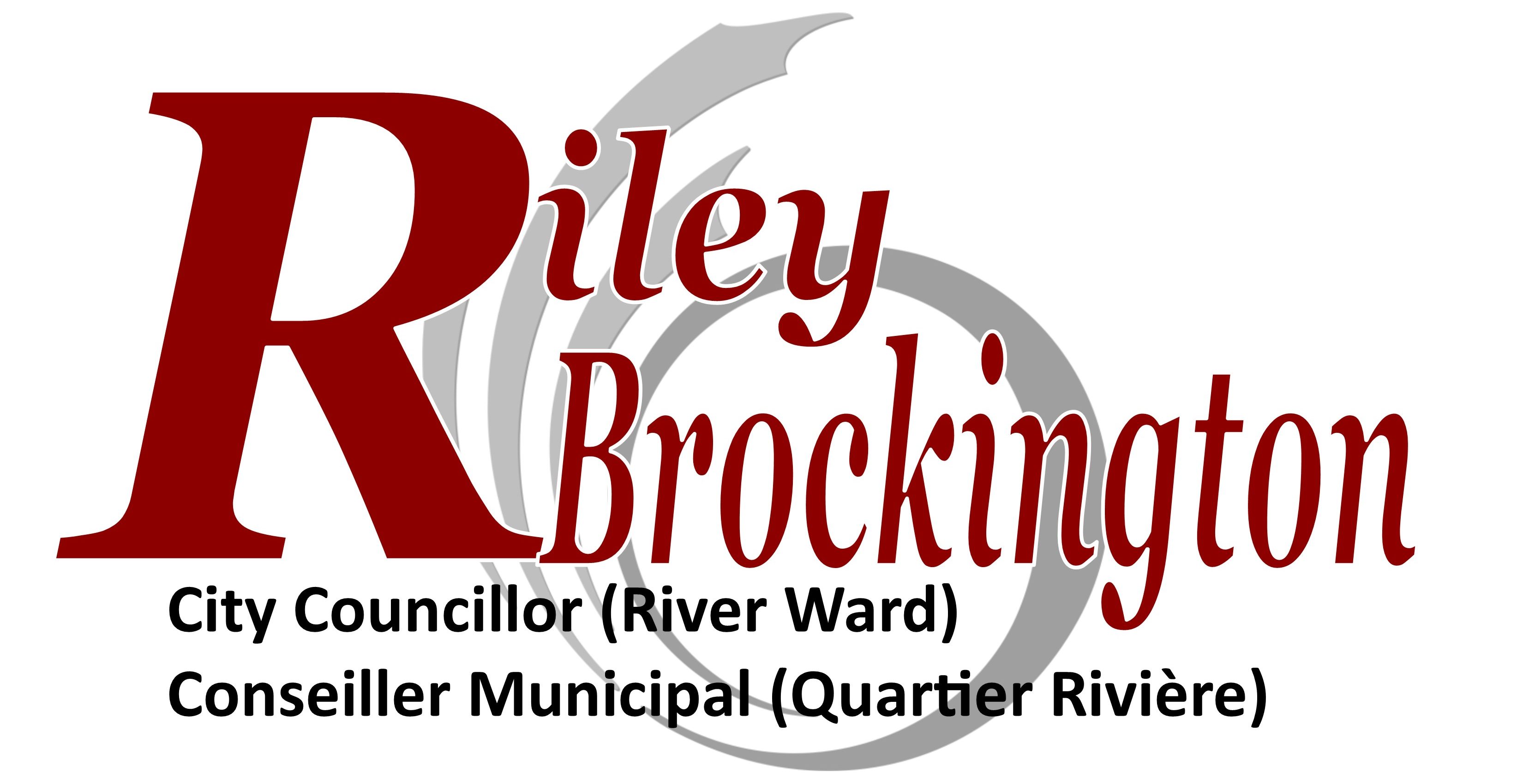14 Jun 2016 Fire Hydrant Testing Program
As part of the City’s ongoing commitment to public safety, the Environmental Services Department will start its annual fire hydrant testing program on June 14, 2016. This program is designed to ensure City hydrants provide their intended flow in the event of a fire. Full-flow testing may result in minor inconveniences for residents. In 2016, Drinking Water Services staff will use a new approach to hydrant testing.
Approximately 2,000 hydrants are scheduled for full-flow testing and mini-flow testing will occur on the remaining 20,000 hydrants. Full-flow testing discharges water at a high rate to verify the hydrant’s flow capacity. This calibre of testing was previously performed on the City’s 22,000 fire hydrants once every two years. Full-flow testing is only required initially to identify flow capacity and then once every 10 years to adequately reassess the hydrant. Mini-flow testing slowly discharges water ensuring it is functional in the event of an emergency and has little to no impact on residents. This new approach is more cost effective, ensures all City-owned hydrants are tested, reduces the impact on water quality, conserves water, and remains in compliance with the Ontario Fire Code.
An interactive map on ottawa.ca is available to help residents understand if and when they will be impacted by full-flow hydrant testing. Testing will begin on June 14, 2016. Full-flow testing will occur city-wide except in wards 5, 10, and 17. Mini-flow testing will occur in all wards to ensure hydrants are in working order.
Residents living near a fire hydrant scheduled for full-flow testing may experience short-term (10 to 20 minutes) drops in water pressure during testing. Water pressure will return to normal once the test is complete.
Residents may also experience rusty coloured water following full-flow testing. Discoloured water is not harmful to health, but it can stain laundry. If discoloured water is detected, residents are asked to turn off their tap for 10 to 20 minutes. This should allow work crews enough time to complete the test. After work crews have left the area, residents should turn on a cold water tap and allow it to run for about five minutes or until the water becomes clear.
A public notification plan has been developed to inform residents about the importance of hydrant testing, explain the temporary inconveniences that sometimes occur as a result of the maintenance work, and provide instruction on how to mitigate any impacts.




